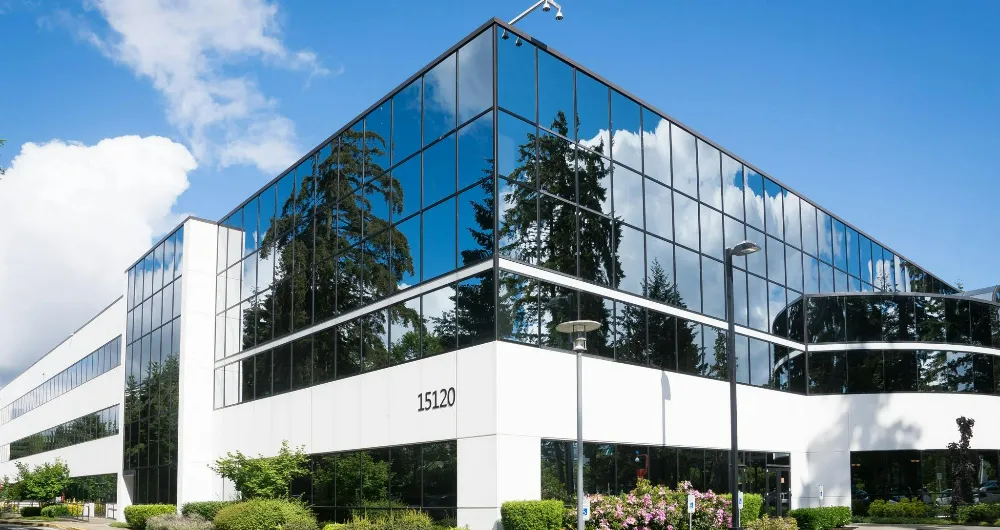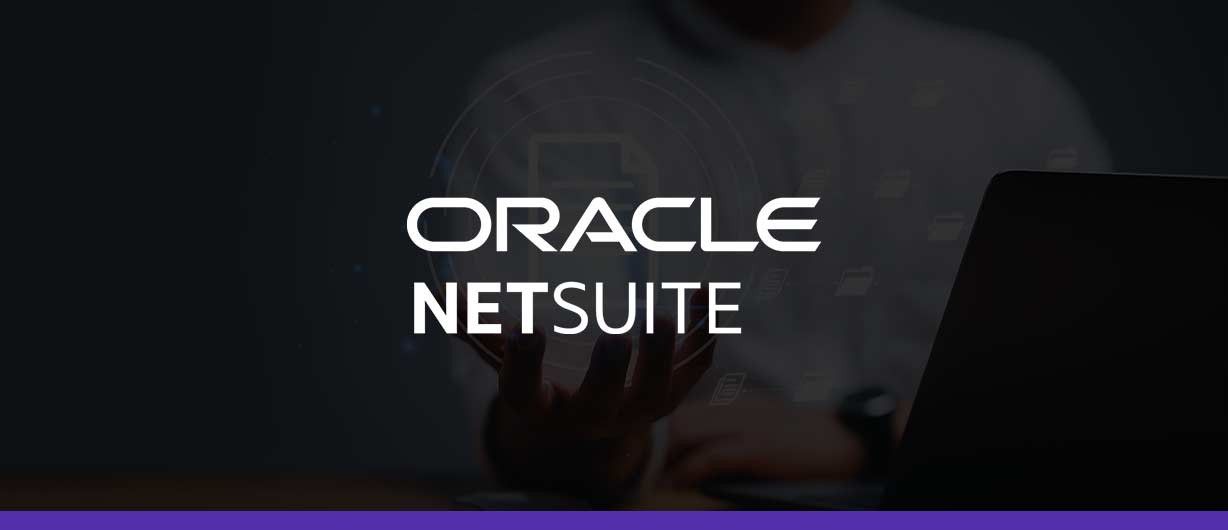December 7 2021 | By Farwah Jafri | 8 minutes Read

How familiar are you with the term “burn rate”? Do you understand how crucial it is for your business to flourish and improve its financial health? Do you know how to calculate it?
If you have any confusion or questions about it, this article will help you understand “burn rate” and everything related to it.
For starters, burn rate is defined as a measurement of negative cashflows. This is the rate at which a startup depletes its initial capital funds to finance its expenditures before it can generate positive cash flow. Figuring out your burnrate is a simple matter of calculating the difference between cash in and cash out. It helps predict when your startup might run out of cash as it is a measure of how quickly your cash holdings are depleting, especially in the first few months of entering the business.
The burn rate factors your total income and total expenses in a given period to determine whether your business is spending, earning, or losing money. Since burnrate is the change in the cash balance, we need to consider the three measures of burn rate calculations, i.e. gross burn, net burn, and cash burn.
The actual amount of cash burned can vary from month to month and year to year, which is why we first calculate the gross burnrate. The gross burn rate is the simple measure of calculating how much cash you are spending in a month. We use this figure to derive our monthly net burn rate next, which is the difference between your total income and total expenditures in a given month.
Lastly, we determine our overall cash burn rate, which is the rate at which our company is burning money. Burn rate is essentially the change in the cash balance from one month to the next, and it can either be positive or negative.
Startup runway refers to the amount of money the business has to spend for a certain period to operate until capital runs out. It’s an amount that tells you how much capital your company has in a relative sense to be able to continue financing future operations. Your cash burn rate and startup runway go hand in hand.
The burn rate of a startup can be calculated using various formulae available in accounting books as well as on the Internet. However, we use the most straightforward formula here to determine both the gross burnrate and the net burn rate.
Gross Burn Rate = Cash/ Monthly Operating Expenses
| Revenue | $20,000 |
| Operating Expenses | $(25,000) |
| Operating Profits | $(5,000) |
| Cash | $150,000 |
Using the formula above, we arrive at a gross burn rate of 6 months, which means that our initial cash reserves of $150,000 will be consumed if we incur monthly expenditures of $25,000. However, such a scenario is not likely to occur if we are also earning revenues and adding to the cash holdings.
Net Burn Rate = Cash/ Monthly Operating Losses
Using this method of calculating net burn rate, we know that the business will need to earn more revenue in the next 5 months.
The burn rate and start-up runway are concepts that work in sync. The formula for cash runway is:
Cash Runway = Total Cash Balance/ Net Burn Rate
Investors who have put their money in your startup use the net burn rate to calculate the runway, which gives them a sense of how long you can remain in business. As such, the startup runway assists in decision-making by letting both you and the investor know whether to cut down your monthly expenses, increase or renew fundraising efforts, or simply pull back their money in the case of investors.
In essence, getting to grips with the burn rate helps to indicate a company’s runway, meaning whether your venture is self-sustaining or not.
As a startup owner or entrepreneur, you need to consider the implications your burn rate has on your startup runway, and hence, the remaining life of your business. If you realize that your burnrate is too high and needs to be improved, you can ensure that your business continues to operate before cash reserves start depleting.
This problem is compounded when we take into account the fact that more and more startups today are dealing with larger sums of money. The cash burn rate and the cash runway are two important metrics that give business owners a crystal-clear understanding of how quickly they are spending or losing money, and what can be done about it.
Burn rate and startup runway are crucial figures to keep track of for any new startup as they are the key points from which start-ups build their strategies for their financial year. A startup that isn’t keeping track of its runway or burn rate will encounter various issues and problems during its operations.
Let’s say your runway calculations tell you that your business will only last four more months. Your design team has been working on a product that will generate enough revenue to keep the business afloat comfortably, as well as even out the monthly spending. However, it’ll take your business six months to come out in the market with this product.
In this case, the business doesn’t have enough money to keep itself functional. It’ll take six months for the new product to release, four taken from six is two, which means your business needs two more months of funding to be able to continue operating. In this time you can look into other sources of funding besides the revenue the business is generating and strategize accordingly.
If the state of your burn rate is worrying you, there are ways to reduce it, and eventually, increase the startup runway. Unnecessary expenses, such as extra warehouses or transport trucks, are heavy capital expenditures. Are you spending more on storage and production? Could it be efficient to outsource logistics and cut down on costs? Reduced spending brings a positive impact on cashflows.
A business is always aiming for a negative burn rate which refers to an ideal scenario where the business is earning more than it is spending. However, some costs cannot be reduced or eliminated, such as utilities and raw materials, these are fixed costs.
In cases where the burn rate is difficult to reduce because of fixed costs, a business must opt for other measures to reverse or improve the situation.
Minimum Viable Product, or MVP, is a term first coined by Eric Reis in his book “The Lean Startup”, MVP refers to a product that is ready to be sold in the shortest amount of time possible.
Startups especially struggle with issues of the runway and burn rate as they are operating in a period where they are burdened with many more expenses and costs than they are earning revenues. To even this out, an MVP helps keep the revenue stream steady while more flagship products are developed to generate higher revenue for the company. Since this concept is based on earning cash more quickly than you burn it, it fits well with startups experiencing trouble with their cashflows.
In the early stages, a business should have an idea of how many employees and specialists are a necessity for which role. Having a goal for your burn rate helps when it’s time to hire because it keeps startup owners vigilant about keeping expenses well within their budget. Many startups, hire fresh graduates and students as they take beginner salaries and minimum wages. However, very critical roles need to be handled by a specialist or experienced employee.
Angel investment is a primary source of funding for most startups. Unlike venture capitalists, angel or seed investors inject their capital into a business and are usually among the owner’s family or friends. Angel investors are constantly searching for new opportunities to invest their money.
Venture capitalists are always looking for successful startups and established companies to invest in, especially those which exhibit high growth potential. Funding through venture capital is more suitable when organizations wish to expand their business, but lack access to the equities market.
Startup owners should try to settle their debts on time to ensure steady cash flows, as a late collection on payments and large debts are a major reason why many businesses fail.
Burn rate isn’t an exclusive concept for start-ups only. It also applies equally well to established companies that have been in business for years. They are usually in a better position to cut down on costs than startup businesses. Measures such as layoffs, renting out extra office space, and streamlining production to make it more cost-efficient can be better handled by established companies, and therefore, they can keep a handle on their burn rate.
Burn rate and startup runway are important indicators of how much a company spends and how long it can stay operational. They are key concepts for any startup that wants to ensure a successful first year.
See Also: A Guide To Banking Options For Startups In 2021
However, business is more than just these two concepts. For more detailed guidance on all areas of business, you can count on Monily! With the right accountants and business experts, we can help you with multiple aspects of your startup, including bespoke accounting solutions, financial consultation, and advice on driving business growth and sustainability.
Subscribe for business tips, tax updates, financial fundamentals and more.
MORE BLOGS

Starting a business is an exciting journey, but let’s be real—understanding the legal stuff can feel like trying to read an ancient scroll written in a […]
Learn More →
So, you’ve been running your business as a sole proprietor, and now you’re thinking about leveling up by switching to an LLC? Smart move! An LLC […]
Learn More →
NetSuite, a robust cloud-based Enterprise Resource Planning (ERP) solution, has gained widespread recognition across businesses of all scales. Its tools and capabilities empower organizations to streamline […]
Learn More →